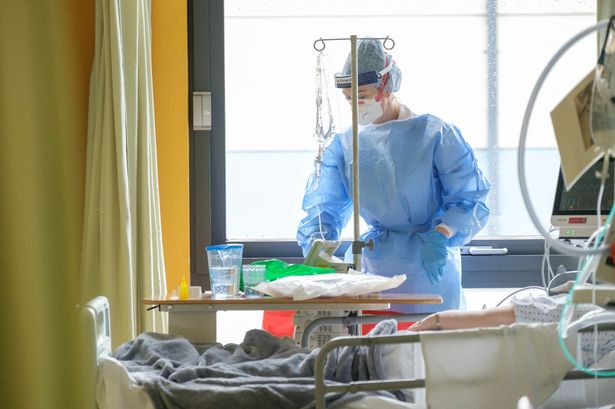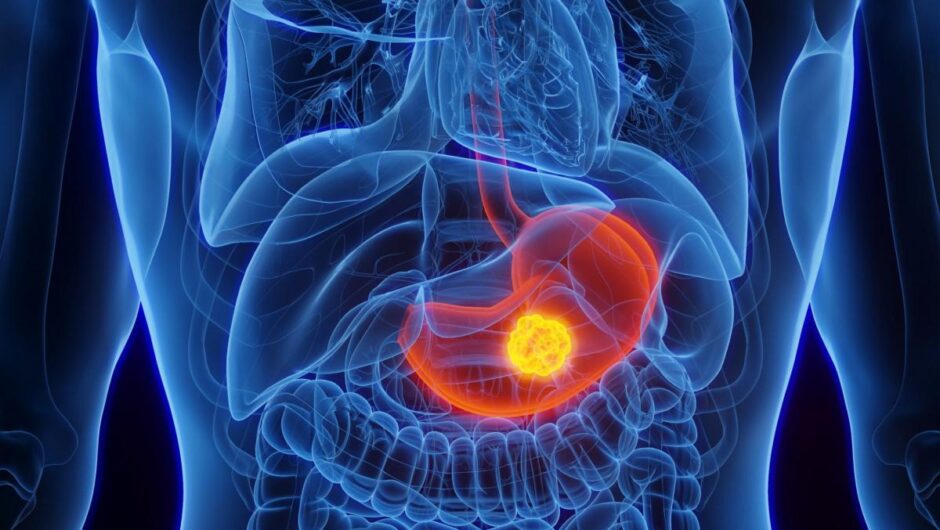[ad_1]
The number of patients currently in hospital with confirmed coronavirus has more than halved since the winter peak in January.
New Welsh Government figures show that there were 765 beds occupied with confirmed Covid-19 cases on Tuesday, February 16 – down from 1,643 seen in the peak on January 4.
When it came to all coronavirus patients in hospital beds – those confirmed, suspected and recovering with the virus – the figure stood at 2,049 on February 16, representing 26% of all hospitalisations. That is a significant fall when compared to the January 12 peak of 2,879 and is a decrease on the 2,158 recorded the same day in the previous week.
In similarly encouraging news, the number of Covid-19 patients needing the highest form of NHS treatment is also on the decline.
Some 79 invasive ventilated beds were occupied with coronavirus patients (confirmed, suspected and recovering) on February 16 which compares to 84 on the same day in the previous week and to 164 at the peak in April 2020.
Dr Robin Howe, incident director for the novel coronavirus (Covid-19) outbreak response at Public Health Wales, said: “It is encouraging to see that the numbers of people being treated for coronavirus in our hospitals is reducing, but there are still a large number of people who are extremely ill which means that the pressure on services is still very high.
“All of Wales remains in lockdown. We recognise that complying with the restrictions can be challenging, but coronavirus is still active in our communities and can cause severe illness and death.
“The reduction in the number of cases does not mean that people can meet people from other households (apart from one person for socially distanced exercise) as this can cause the virus to spread.
“As a nation, we have made so many sacrifices throughout the course of the pandemic that we really don’t want to squander the gains that have been made in recent weeks.”
Find the latest Covid cases near you:
Latest Welsh Government figures also revealed the continuing pressures being placed on accident and emergency departments across the country.
Data for January showed that 74.2% of patients were seen, treated or discharged within the four-hour target. However, this is an increase of four percentage points compared to December 2020.
These figures come despite attendances to major A&Es continuing to decrease with 44,074 attendances in January 2021 – a 34% drop when compared to January 2020.
January 2021 also saw 5,462 patients waiting 12 hours or more in major departments. While this is a decrease of 1,471 patients compared to January 2020, the proportion of attendances experiencing long waits has increased.
Dr Suresh Pillai, a consultant in emergency and intensive care medicine at Morriston Hospital in Swansea
(Image: Swansea Bay University Health Board)
Dr Suresh Pillai, vice president of the Royal College of Emergency Medicine Wales and consultant in emergency and intensive care medicine at Morriston Hospital in Swansea, said: “The data here are deceiving. While we have seen slight improvements in performance we are still facing intense added pressures due to Covid.
“The patients presenting at emergency departments are higher acuity and require an increased level of care – this is evident by the fact that the proportion of 12-hour stays remain significantly high.
“We have seen a drop in attendances for the fifth consecutive month and they have reached their lowest since April 2020. Despite this, the strain on staff and departments has been relentless and staff are mentally and physically fatigued.”
He added: “We are one year on; the intensity of this work is not sustainable. Despite the reduced attendances, departments are working beyond capacity caring for these higher acuity patients, staff are stretched thinly and nearing burnout levels, and we remain short of beds.
“As we await details of the road map out of the pandemic, we urge caution; we must avoid another wave. We already have capacity issues and another surge would put departments and hospitals under further severe pressures. We still have concerns around nosocomial infection and the risk of patients contracting Covid in hospital, our infection prevention control measures remain strictly in place to ensure patient safety.
“And even as Covid cases begin to fall, A&Es will continue their work, day in day out caring for those in the community without rest or respite. It is important to remember that in terms of emergency care, the ‘normality’ we had before the pandemic, was anything but normal – departments were crowded, patients were receiving care in corridors, and there were issues with long stays and capacity before this crisis.”
Meanwhile the Welsh Ambulance Service failed to hit its own target of reaching 65% of the most urgent “red” calls within eight minutes (59.6%). This target has not been not met for six consecutive months.
And as a result of most routine NHS work being cancelled during large parts of the pandemic, more than half a million (538,861) patients in Wales were waiting to start NHS treatment by the end of December 2020 – the highest amount since comparable data was first collected in 2011.
[ad_2]
Source link



